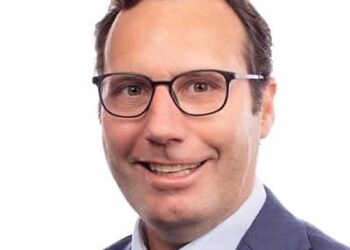According to The Economist, a woman doing the same job for the same employer earns 98 cents to the dollar paid to a man. Yet the gender pay gap persists. In the OECD, a club of mostly rich countries, the median full-time wage for women is 85 per cent of that for men.
Only 20 per cent of Australia’s 24,000 advisers are female. This needs to change. Opinions vary greatly on how to achieve this. At one end of the scale is the nuclear option of quotas. They’ll do the job, but at what cost?
At the other end lie the laissez-faire crowd that point to equal numbers of young men and women enrolling for financial planning university degrees and prefer time to work its magic.
Stanford Brown is opposed to quotas, but we feel more is required than simply to wait a decade and hope.
The Economist offers up two ideas; “well-designed parental leave … and companies offering more flexibility to all their employees”.
We agree wholeheartedly with both.
Last year, Stanford Brown extensively revamped and improved its parental leave policies and instituted a return to work program for new mums.
We have abolished work hours, eased restrictions on work-from-home and scrapped limits on holiday. We want our staff to work where they are most productive, work when they are most productive and to take the vacation they need to stay productive. We believe this will help our working mums the most.
But we offer a third, and more controversial, solution – we are making our diversity data public.
The data can be found below. We report on our ethnic mix, our gender mix, the gender pay gap, the number of women in leadership roles at SB and the number of women in advice.
We hope this will focus the minds of our hiring managers. We have significant diversity of ethnicity and gender, and a healthy mix of men and women in leadership roles. And we have a zero gender pay gap.
However, just 23 per cent of our advisers are female. Though this number rises to 33 per cent if we include those on our Pathway to Advice Program, this is not good enough and needs to change.
Why report and make public?
Well, it’s the same reason we advise our clients to write down and tell everyone about their goals – they are far more likely to be achieved. We are not social justice warriors. Far from it.
Having a healthy balance of men and women, of different cultures, personality types and ages, encourages constructive conflict and produces more innovative teams that make better decisions.
Balance is good for business. It’s as simple as that.
Jonathan Hoyle is chief executive of Stanford Brown.




Hi Jon, Hope all is good with you. We have been doing some interesting work over the past 18 months on ESG and factors that are positive indicators of future equity returns. We have incorporated this into our ESG process and produced a policy document which you might be interested in having a read of. One of the areas from a broad heading perspective is diversity. Feel free to reach out if you are interested in the work. Mark